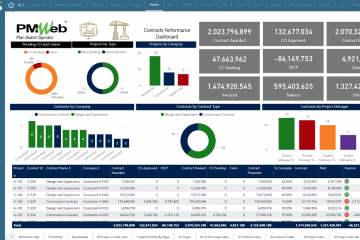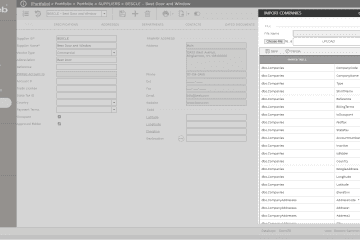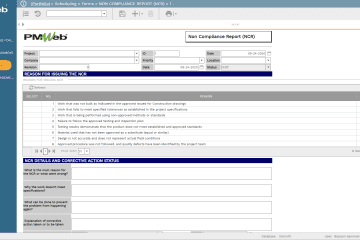Senior management within organizations involved in delivering capital project investments is always faced with the challenge of having an objective yet comprehensive and meaningful performance status reporting of their projects’ portfolio. Although there could be many ways to report projects’ portfolio performance for which some might agree. In contrast, many others could disagree; nevertheless, using a globally recognized performance reporting approach can narrow those differences. The balanced scorecard (BSC) used by many organizations to report and communicate their business performance can also be adopted to monitor, evaluate and share their projects portfolio performance.
The Extended Balanced Scorecard for Capital Projects
The balanced scorecard assesses an organization’s performance or business units from four perspectives: Customer, Financial, Internal Processes, and Learning and Growth. The same views will be used to assess a capital project performance. Nevertheless, there will also be a need to have two additional perspectives needed explicitly for capital projects. The first is Health, Safety, and Environment (HSE), while the second is Sustainability. Key Performance Indicators (KPI) will be identified for each of these six perspectives to report each project’s most essential performance results. Those performance results depend on the data captured from the different processes that are implemented to manage the project’s execution across its complete life cycle stages.

Using a Project Management Information System (PMIS) like PMWeb, the capital project owner can implement a web-enabled platform that will enable capturing trust-worthy, auditable, traceable, and real-time data for the different project management processes needed to provide the balanced scorecard performance reporting across the organization’s complete projects’ portfolio. Other project management processes must be implemented to objectively provide the critical performance indicators needed for each balanced scorecard perspective. For each process, there will be an input form to enforce transparency in data capturing that will be attached with all supportive documents to promote a paperless environment, and each form will have a workflow to implement accountability in submitting, reviewing, and approving the reported information.
The Customer Perspective
Although several measures can contribute to the customer perspective KPI, but will assume that will be measured using the Employer Complaints process. PMWeb, a custom form builder, will create the form that the Employer can use directly to file a complaint or used by the project team to capture and manage those complaints. The form will detail how, when, and the method the complaint was received and the complaint’s details. The form will also include fields to capture the immediate actions to be taken to address the complaint and by who and when the investigation results of what has caused the complaint and the measures to be taken to prevent the recurrence of those causes.
The Employer Complaint Report will maintain a real-time register of all complaints raised on the project showing the details captured in the Employer Complaint form. The form will have visuals to show the status of all Employer Complaints, employer complaints by bid package, and the average time are taken to close those complaints.
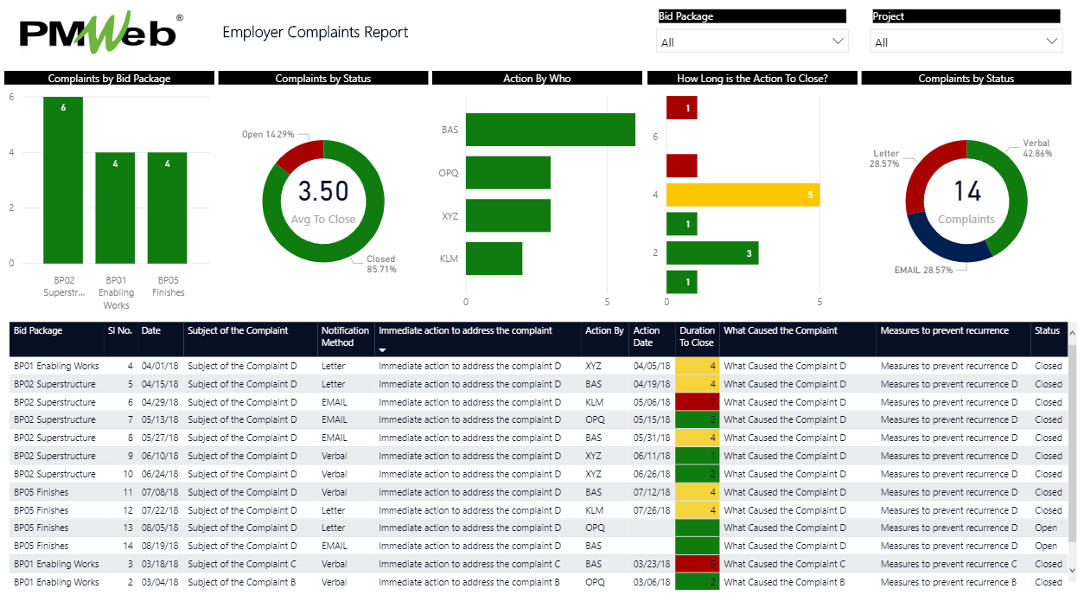
The Financial Perspective
Assessing the project’s performance status from the financial perspective requires several KPIs to manage the project’s budget performance, change orders, and payment of approved progress invoices. PMWeb, a cost management module, will be used to capture those processes to ensure that there is a single version of the truth when it comes to reporting the project’s financial status.
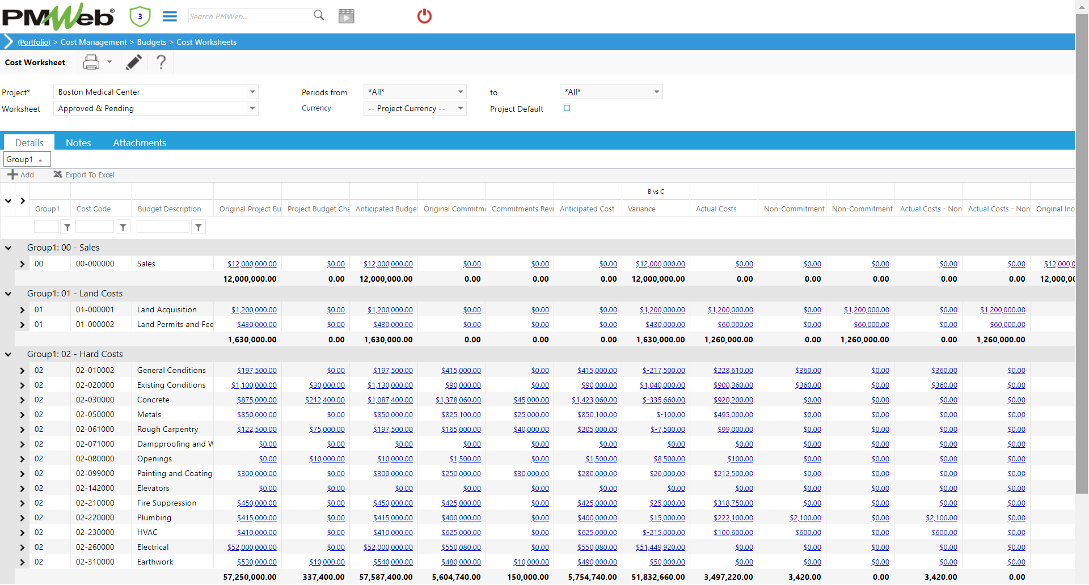
The data captured in the different cost management processes will be the basis for the project cost performance status report, which will include budget performance index (BPI), cost predictability index (CPI), and project cost performance (PCP). For each cost center, the report will detail the budget at completion (BAC), budget adjustments, revised account, planned budget spending value as of the current period (PV), the actual cost for the same period (AC), balance to complete or estimate to complete (ETC), forecast to complete for all potential change orders and claims and forecast at completion or estimate at completion (EAC). The budget performance index (BPI) will be calculated by dividing the actual cost (AC) by the planned value (PV), whereas the cost predictability index (CPI) will be the revised budget at completion (BAC) divided by the estimate at completion (EAC).
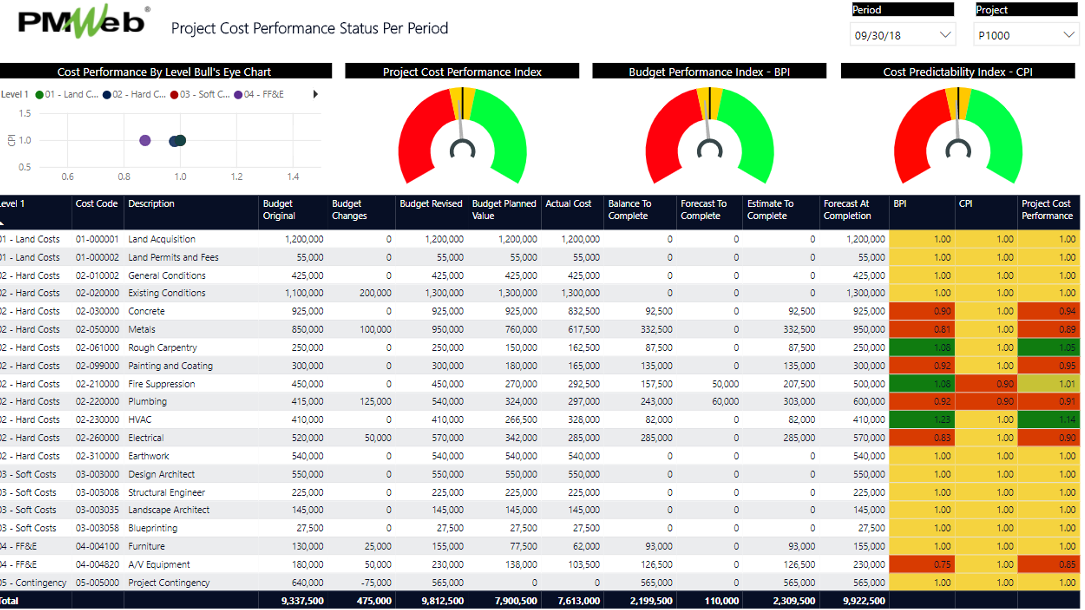
Internal Processes Perspective
From a capital project owner perspective, internal processes mainly have to do with reviews and approvals of the critical project management processes that might impact the project’s completion date. Those could include the processes for Request For Information, Submittals, Request for Inspections, Progress Invoices, Change Orders, Potential Change Orders, among many others. PMWeb workflow will be assigned to all those processes to ensure that the needed review and approval steps’ status can be reported at any time to identify which project entity is delaying the project due to its non-performance.

Since the main objective of the internal processes perspective to ensure timely completion of the project, then there is the requirement to report on the project’s schedule performance, including the status of extension of time (EOT) and their impact, if any, on the project’s completion date.
PMWeb, a custom form builder, will be used to create the “Milestone Tracking Form,” for which there will be a unique record for each milestone date. The form will capture the milestone title, WBS level, phase, relevant project schedule activity. The total value of the milestone as per the contract’s bill of quantity or schedule of values (sometimes this could be replaced by the weight factor assigned to the milestone), milestone liquidated damage amount, among other details that could be needed to manage this process. The form will also include a log for the schedule updates to detail the milestone’s status for each schedule update if there is a delay in completing the milestone date and the reason for this delay. Again, more information can be added to the log if needed.
The data captured in the Milestone Tracker Form will become the basis for creating the Project Milestone Tracking report to monitor, evaluate and report the status of the project milestone dates. The report will capture each milestone date’s updated history, including delays and reasons for those delays. The report will also include a visual for each milestone to display the delays, should any exist, associated with the milestone date. The report will consist of filters to select the project period or periods to be reviewed as well as the milestone dates to be viewed.
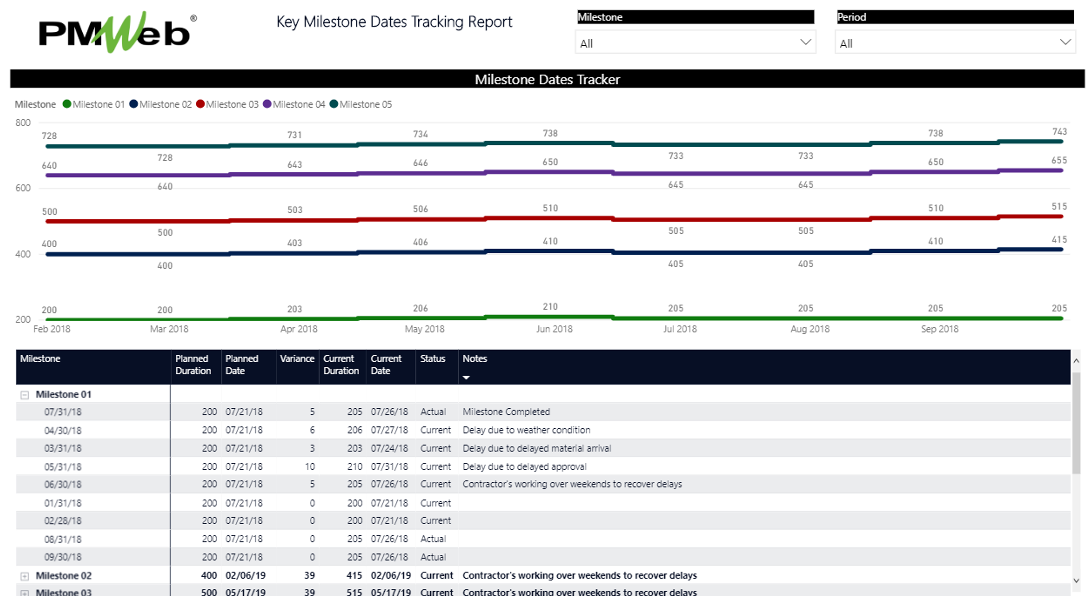
Learning and Growth Perspective
The project risk exposure is one of the KPIs to be reported from a learning and growth perspective. Why? Because if the project delivery team’s knowledge and experience cannot reduce the project’s risk exposure for failure, then the project and the project team are not meeting the organization’s target performance requirements for learning and growth. PMWeb, a custom form builder, will be used to create the project risk register, which will be maintained as a live document during the complete project life cycle duration.
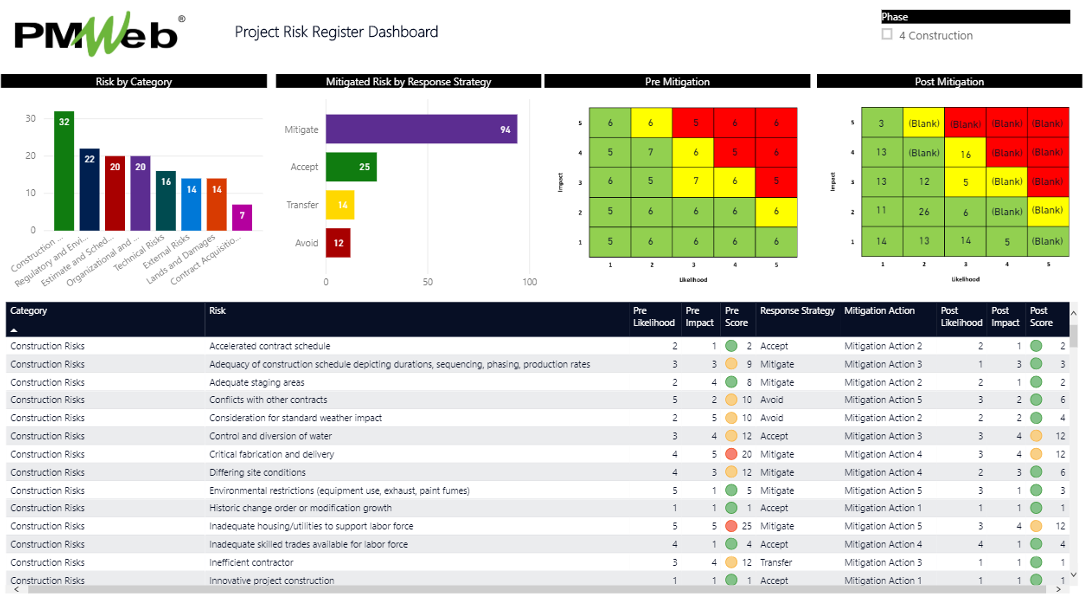
Of course, PMWeb can also be used to create a formal process for capturing lessons learned. PMWeb, a custom form builder, will develop the lessons learned form for which the different project team members will be encouraged to share their lessons learned. This will also enable management to identify those individuals who have contributed most in building the organization’s lessons learned repository.
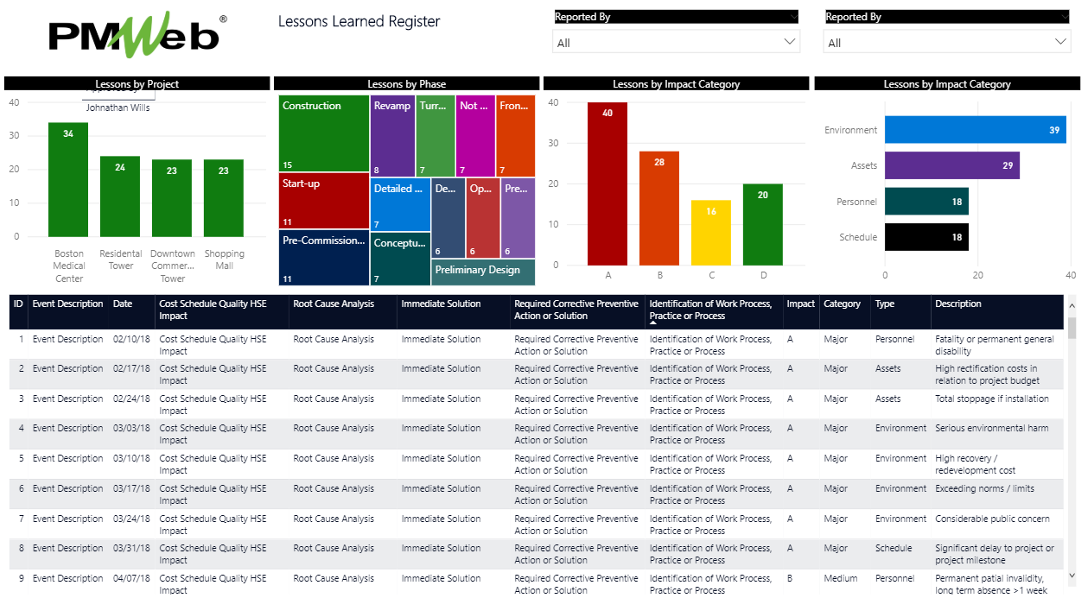
Health, Safety and Environment (HSE) Perspective
Having a safe project is not a choice but a must requirement on all capital projects. PMWeb will be used to manage the HSE processes that will include safety incidents reporting, safety violations, HSE checklists, including those for fire prevention, HSE self-assessment risks, work permits, and site access others. Those processes will become the basis for reporting the project’s HSE performance. For example, key performance indicators like the Project Significant Injury Frequency Rate (SIFR), Lost Time Injury Frequency Rate (LTIFR), Total Incidents, Near Misses & Injuries, Incident Causes among other HSE KPIs, could be used.
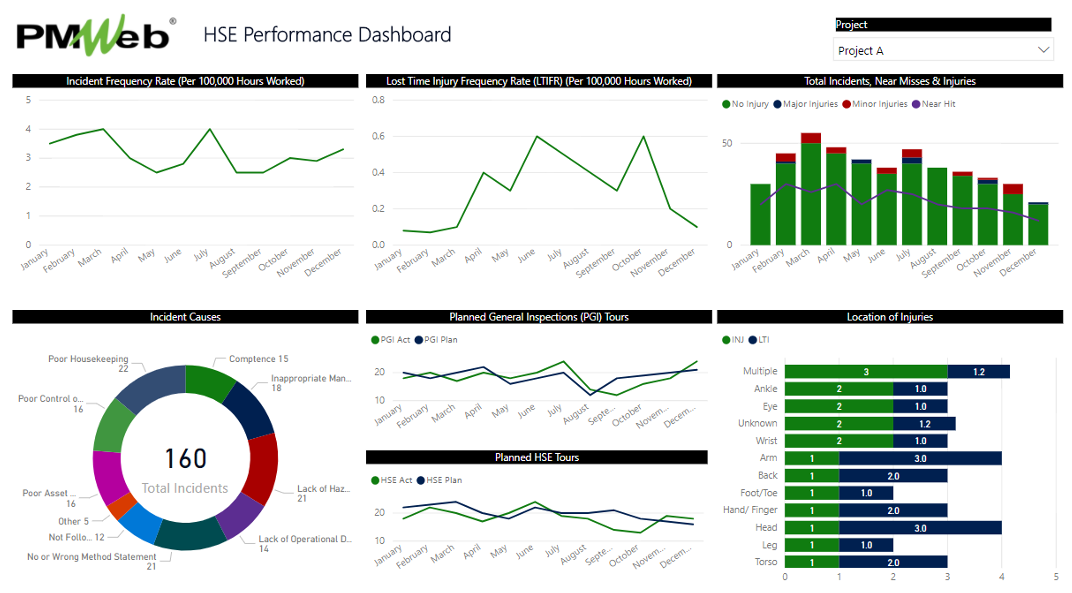
Sustainability Perspective
The last perspective is sustainability, for which there will be three KPIs to assess the project’s performance against the project’s environmental, social, and economic contributions. Using PMWeb as the PMIS solution, the customs form builder will be used to create and capture the Economy, Society, and Environment scores set for the project.
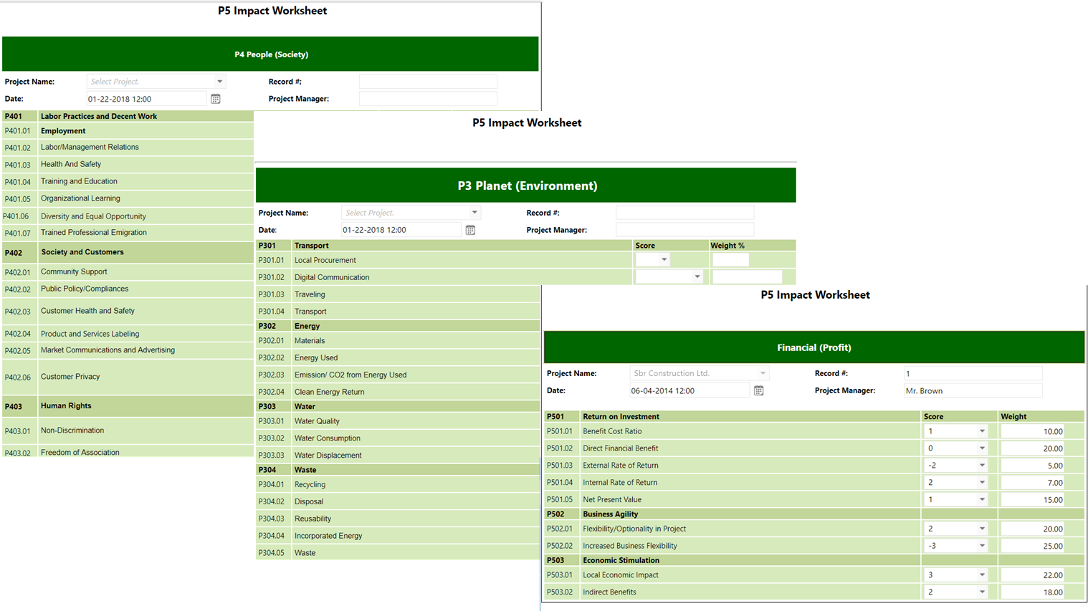
The data captured in those Sustainability Audit Reports will become the basis for monitoring, evaluating, and reporting the sustainability development compliance for a project or a portfolio of projects. The report will show the compliance trend for each measure of the three sustainability aspects: society, economy, and environment. The report could include filters to select the project or the projects portfolio that the organization is interested in reporting on.
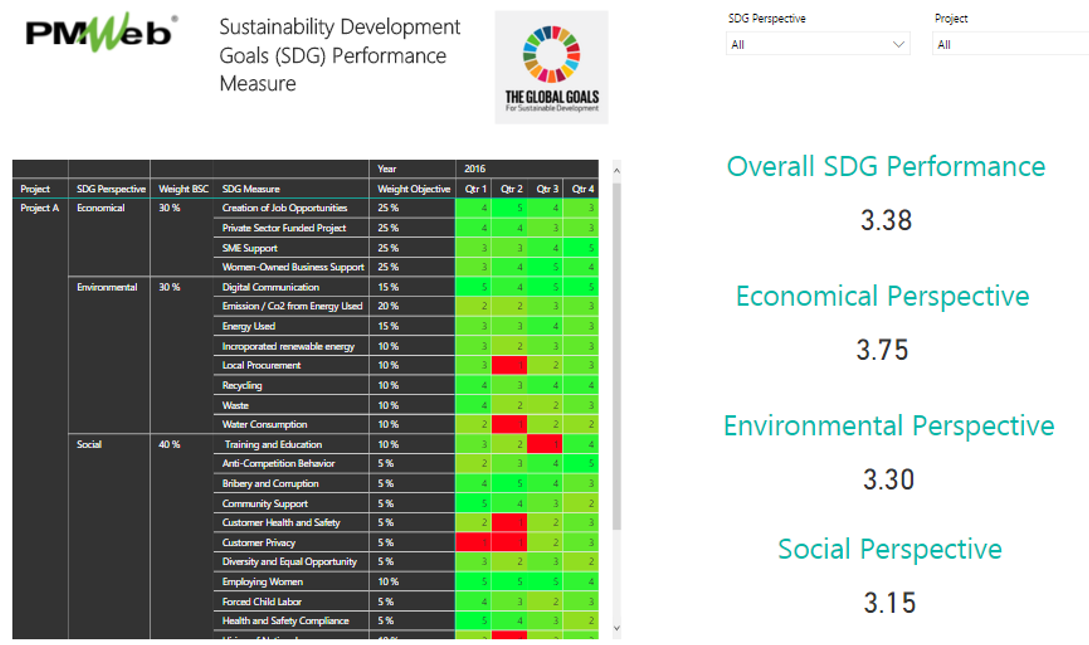
The Balanced Scorecard Projects Performance Dashboard
The Balanced Scorecard Projects Performance dashboard will provide an overall status of the project’s portfolio, automatically adjusted depending on the projects or programs selected to be part of the report. For each project, the tabular scorecard will provide the status of the six balanced scorecard measures on a scale of three. The scores will be colored red (unfavorable), cyan (average), and green (favorable). Assuming that the organization might have their projects spread over the country or the world, a map will show the location of those projects with the option to display those projects KPIs from the map directly.
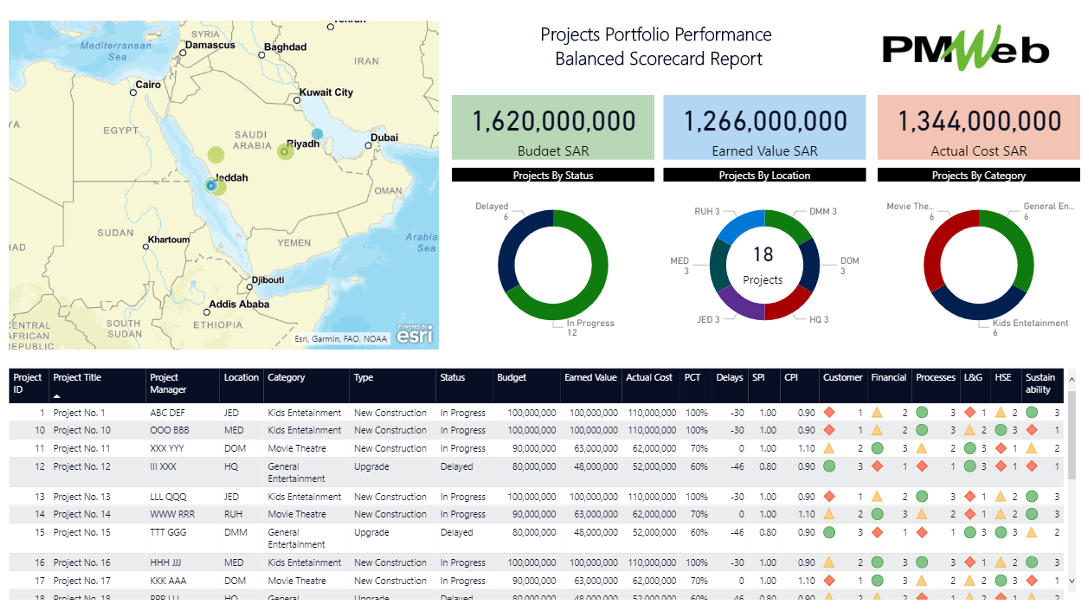
Having PMWeb as a single platform capable of capturing everyday data from the different processes needed to manage a project enables the organization to have real-time project performance metrics. To have the objective yet the comprehensive and meaningful status of the overall projects’ performance, it is recommended to use the best practice of Balanced Scorecard. Due to the specific particulars of projects, the balanced scorecard four perspectives Client, Financial, Internal Processes, and Learning and Growth need to be extended to six perspectives to include Health, Safety, and Environment (HSE) and Sustainability.
